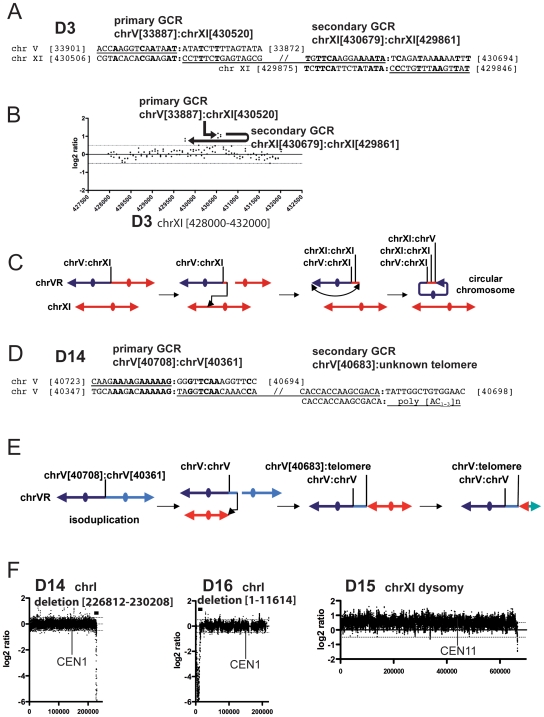Figure 5. Complex karyotypes are associated with the resolution of dicentric GCRs.
(A) Sequence observed at the first and second rearrangement breakpoints of the D3 GCR resulting in the formation of a circular GCR. (B) aGCR analysis of the chromosome XI region containing the secondary GCR breakpoints. The positions of the chromosome V:chromosome XI junction and the chromosome XI:chromosome XI secondary GCR breakpoints are indicated, with the arrows indicating the orientation of the junctions observed by breakpoint sequence analysis. (C) Model for the formation of the D3 GCR where multiple events have resulted in the resolution of the primary dicentric GCR. The position of the chromosome V:chromosome XI, first chromosome XI:chromosome XI and second chromosome XI:chromosome XI breakpoints are indicated. (D) Sequence observed at the first and second rearrangement breakpoints of the D14 GCR. (E) Model for the formation of the D14 GCR where multiple events have resulted in the resolution of the primary dicentric GCR. The positions of the first and second chromosome V:chromosome V breakpoints are indicated. (F) Examples of the aCGH analysis of selected chromosomes showing copy number changes observed in strains with chromosome V GCRs. In each example the nature of the karoytype modification is indicated followed by the standard SGD coordinates of the involved region. Chromosome I in both the D14 and D16 GCR containing strains had a terminal deletion in a region containing non-essential genes. The D15 chromosome V GCR is associated with whole chromosome XI dysomy.

